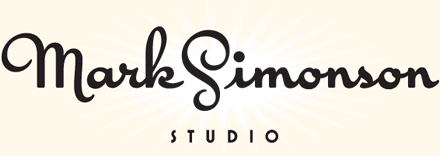I’ve been seeing more of these two typefaces lately. Here are some sightings I found in the last few days.
The first is Mostra all over the cover of Cigar Aficionado magazine:
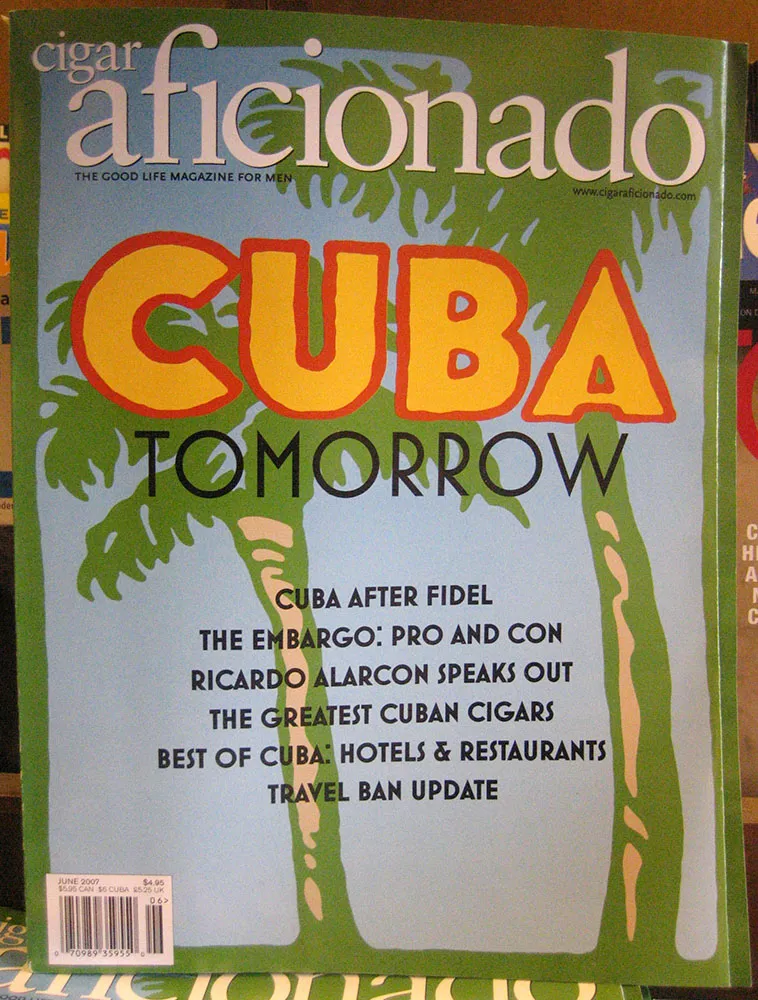
And here are two recent sightings of Coquette, the first on a television commercial for Archer Farms (Target), where they have used a neat letterpress effect:
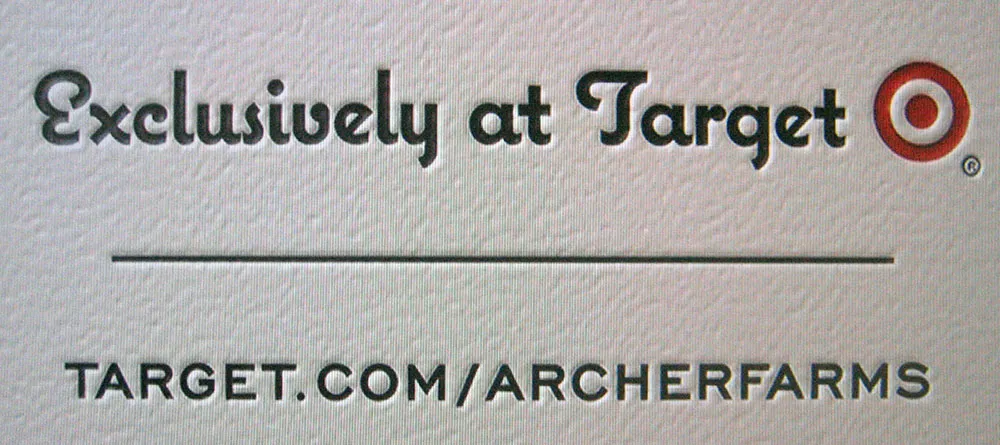
The last is another use of Coquette on the beautifully designed cover of the new book American Food Writing:
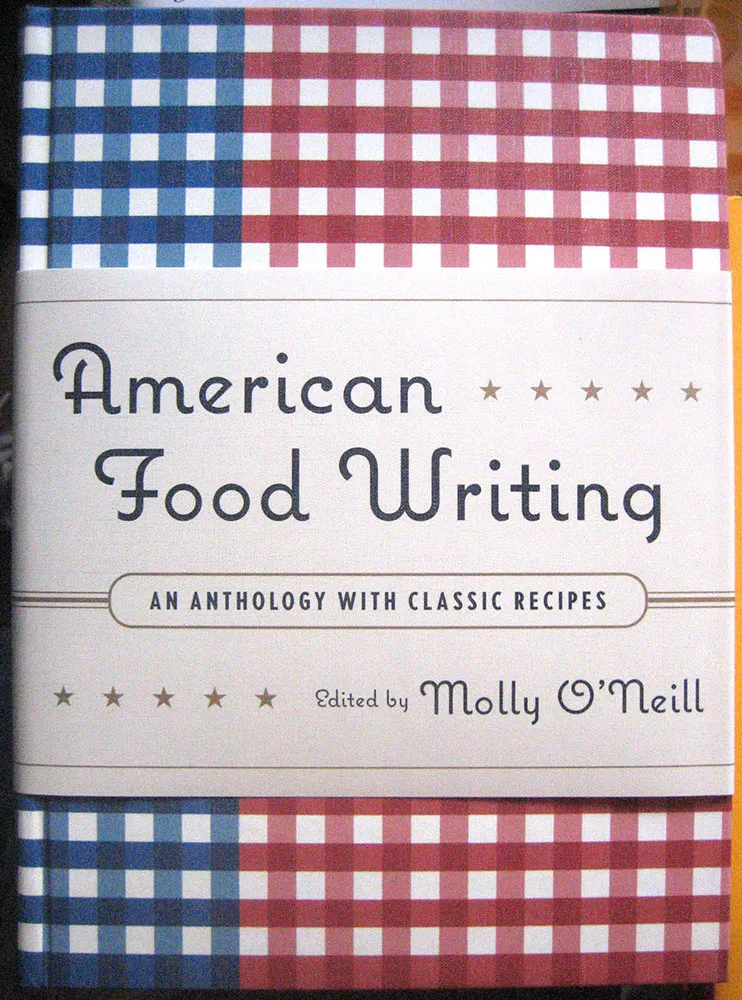
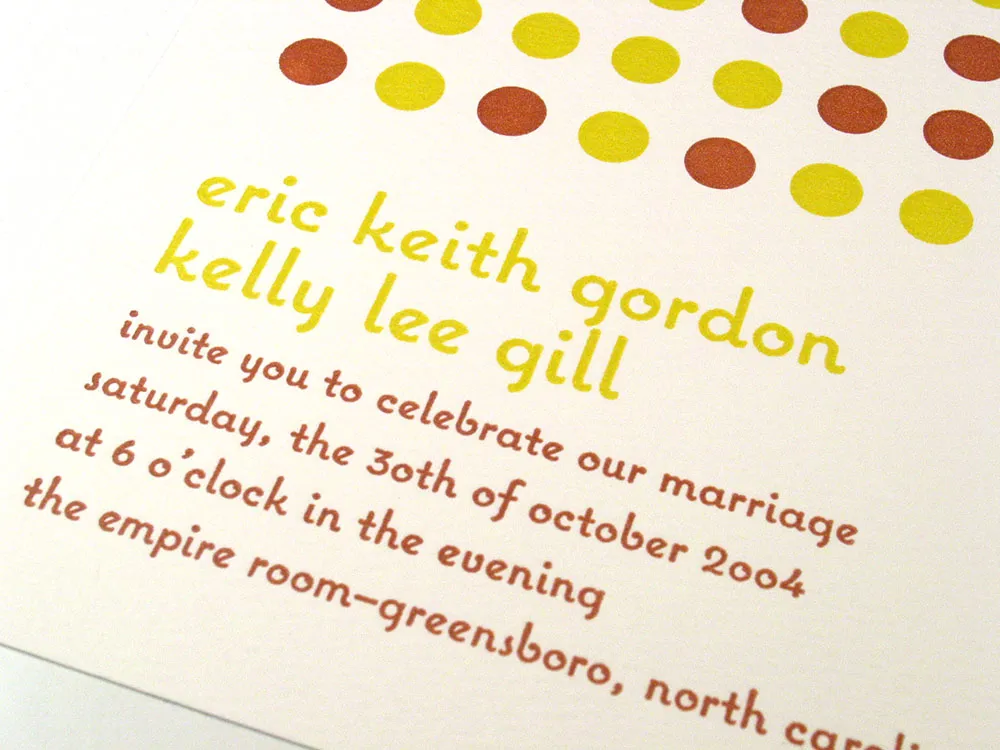
While I was at TypeCon in New York, one of the attendees walked up to me and handed me a copy of this wedding invitation on which he had used Coquette. (I think this was the first time I have been recognized in public by someone who had used one of my fonts. Oh, wait, I was wearing a name tag.) Anyway, what is really cool about the invitation is that it was printed letterpress.
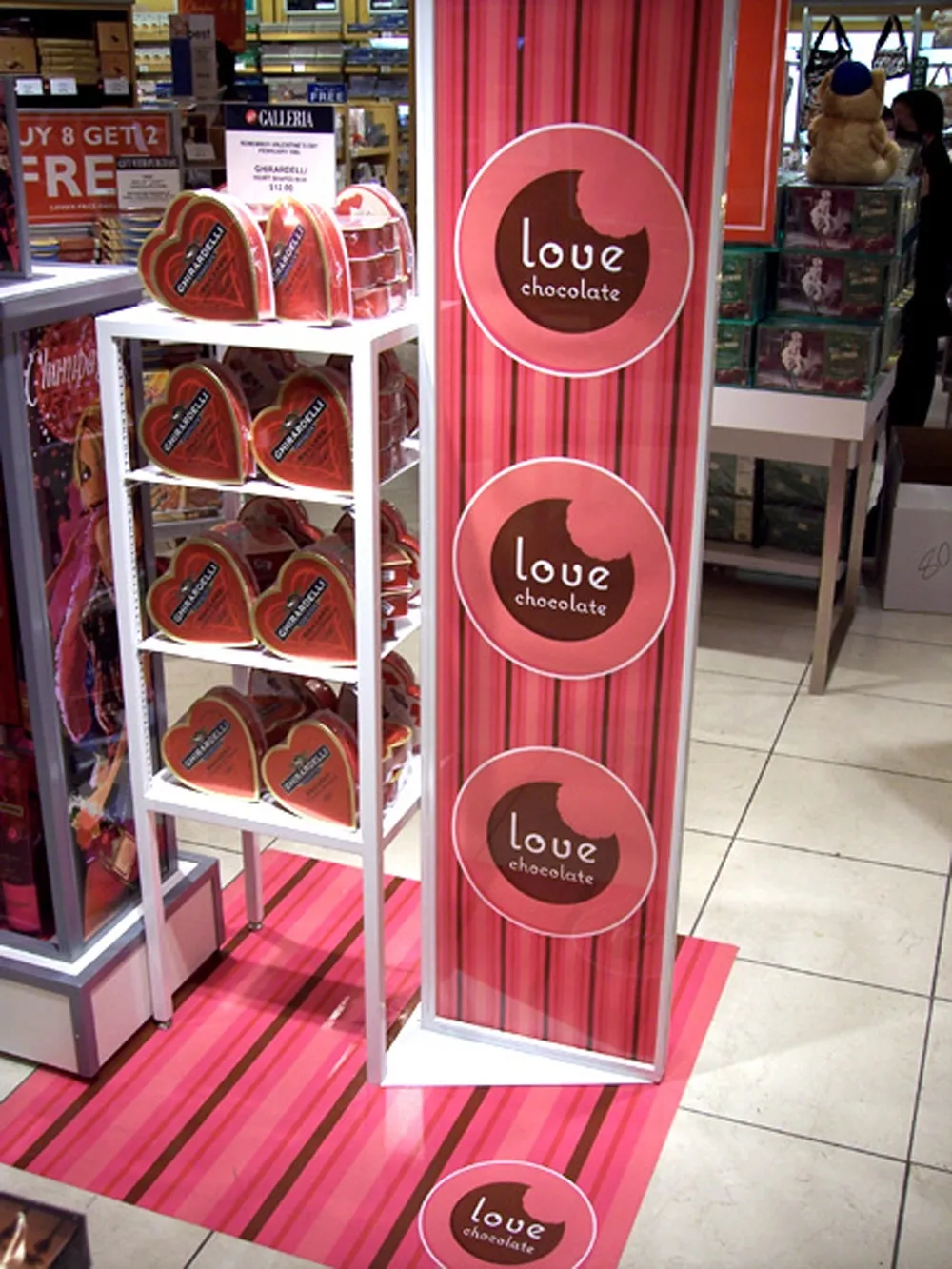
Designer David Nix used Coquette on a promotion created for duty-free shops in Los Angeles and San Francisco airports.
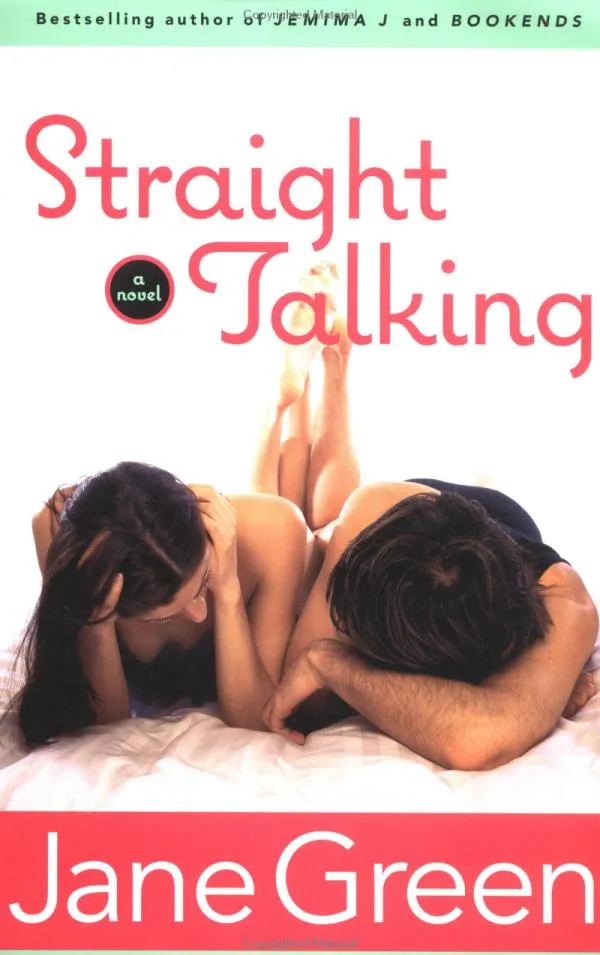
Talk about typecasting: Coquette is used rather coquettishly on the cover of this Jane Green book.
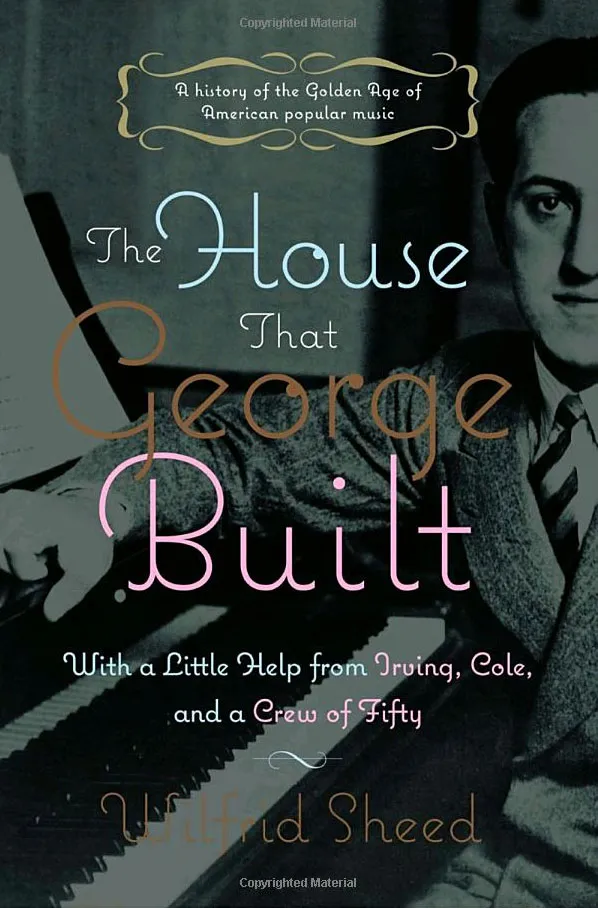
The cover of this book about George Gershwin is one of the nicer uses of Coquette that I’ve seen. (Thanks to Jeff.)
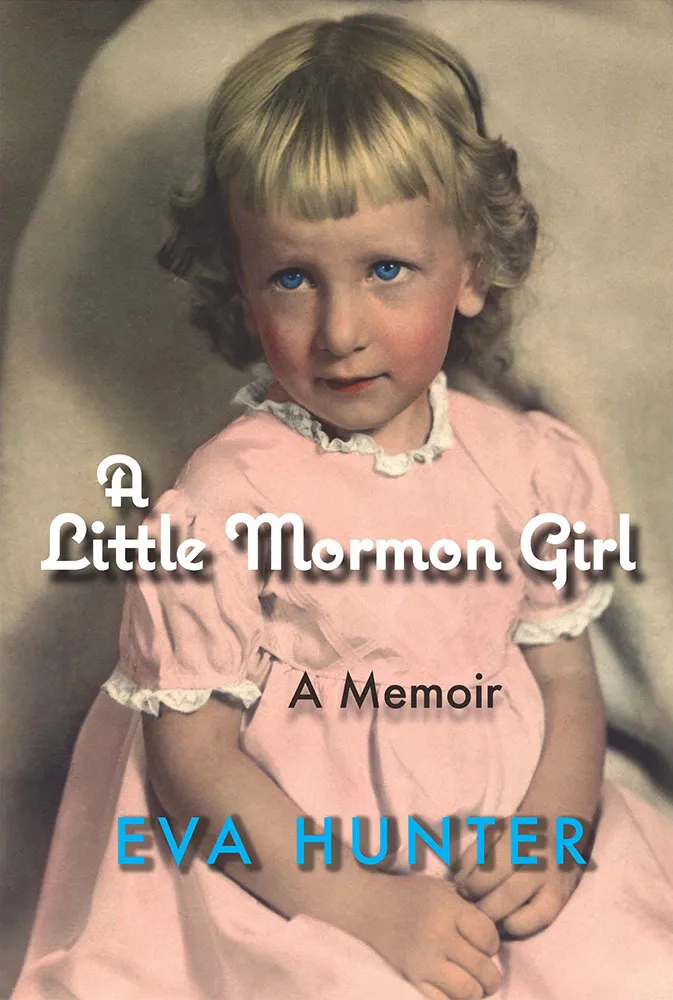
As a type designer, it’s hard to anticipate how the fonts you make will be used. When I designed Coquette, I had only vague use scenarios in mind. I was thinking about traditional French scripts and Art Deco sensibilities primarily in terms of formal qualities. Coquette is not a connecting script, but it has many characteristics of connecting scripts. One of these details is the little blob on the inside of the lowercase “o”. It is an extreme simplification of a looping stroke that leads to the next character.
To me, things like this are purely formal when I’m making the font. I’m only thinking about how it looks. But once a font is in the hands of a graphic designer, other aspects may emerge.
Book designer Margot Boland sent me a cover she designed featuring Coquette with this story:
A Little Mormon Girl by Eva Hunter is autobiographical and deals with delicate subject matter of sexual abuse in the family. When I set up the word ‘Mormon’, the two o’s were designed to flutter coquettishly, and I had to advise the author of this. At first, she was against using the font, then suddenly came around, and said that it fully expressed some hard to get at nuances in the book.
I could claim that I meant for those o’s to look like coquettish eyes and, thus the name of the font, but I can’t. I honestly never really thought of those o’s that way. It’s almost too perfect. Like they say, hindsight is 20/20.
